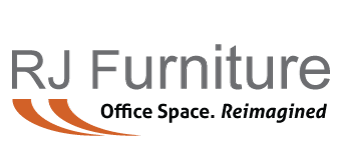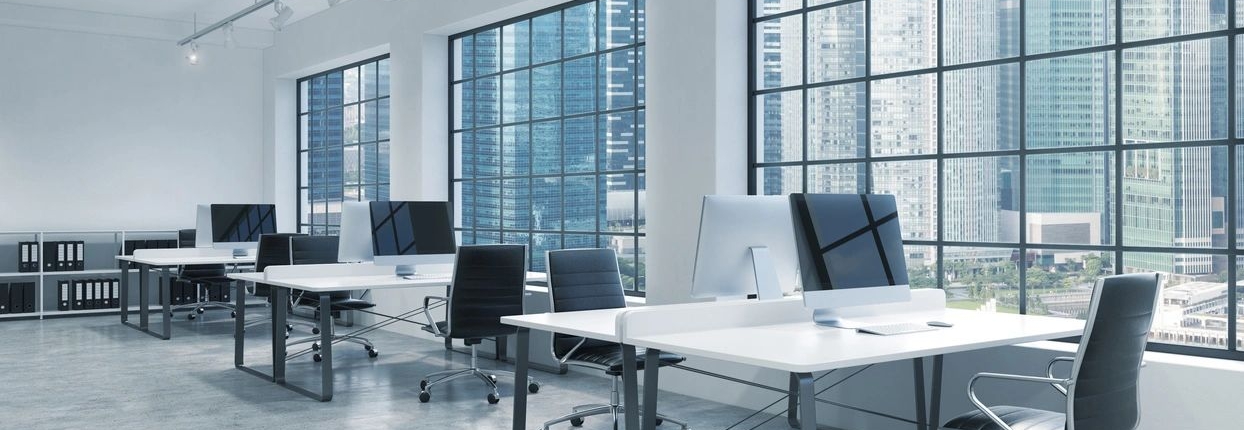In today’s fast-paced business world, furnishing an office space can be a significant expense. Buying used office furniture has become an increasingly popular choice for companies looking to balance cost-effectiveness with quality. This approach not only helps businesses save money but also contributes to a more environmentally friendly workplace by reducing waste and extending the life cycle of existing furniture.
When considering pre-owned office furniture, there are several factors to keep in mind. From assessing the condition and quality of items to understanding the benefits of different brands like Herman Miller and Steelcase, this guide will cover all aspects of the purchasing process. Readers will learn about popular types of used office furniture, including cubicles and adjustable sit-stand desks, as well as tips for refurbishing and maintaining these pieces. Whether you’re outfitting a small startup or revamping a large corporate space in Lake County, this comprehensive guide will help you make informed decisions when buying pre-owned office furniture.
Benefits of Buying Used Office Furniture
Purchasing pre-owned office furniture offers numerous advantages for businesses. The most significant benefit is cost-effectiveness, with potential savings of up to 80% compared to new items. This allows companies to allocate resources to other areas of their business. Additionally, used furniture is immediately available, eliminating long wait times associated with new furniture production.
Choosing used office furniture also has a positive environmental impact. It reduces the demand for new production, minimizes waste generation, and conserves natural resources. By extending the lifespan of existing furniture, businesses contribute to a circular economy and decrease their carbon footprint. In fact, buying and installing used equipment can eliminate nearly 80% of the environmental impact created by new office equipment.
Key Factors to Consider When Buying Used
When purchasing used office furniture, several key factors require attention. Assessing the condition and age of the furniture is crucial. Buyers should evaluate wear and tear, damages, and functional issues. The age of the furniture also matters, as older items may have depreciated due to use and technological advancements. It’s essential to check for any tears, stains, or unpleasant odors in fabric seats and backs. Inspecting plastic and metal pieces for cracks, especially on wheels and armrests, is equally important. Understanding the furniture’s history, including its previous usage environment, can provide insights into its potential lifespan. Buyers should also consider the resale potential based on the item’s condition, market demand, and desirability among potential buyers.
Popular Types of Used Office Furniture
When searching for pre-owned office furniture, buyers have a wide range of options to choose from. Workstations and cubicles are popular choices, offering efficient space utilization and privacy. These can be found in various configurations, including L-shaped and U-shaped designs, to suit different office layouts. Desks are another essential item, with options ranging from executive desks to sit-stand models for ergonomic workspaces. Filing cabinets provide crucial storage solutions, while office chairs from top brands like Herman Miller and Steelcase offer comfort and support. Conference room furniture, including tables and chairs, is also readily available in the pre-owned market. Many suppliers offer these items at significant discounts compared to new furniture, making it an attractive option for businesses looking to furnish their offices cost-effectively.
Refurbishing and Maintaining Used Furniture
Refurbishing used office furniture can breathe new life into old pieces. This process involves assessing the furniture’s condition, repairing damages, and updating its appearance. For minor repairs, simple techniques like filling scratches or replacing hardware can make a significant difference. More extensive refurbishment might include reupholstering chairs or refinishing wood surfaces. Regular maintenance is crucial to preserve the furniture’s condition. This includes routine cleaning with appropriate products based on the material type. For fabric chairs, vacuuming and spot cleaning can remove dust and stains. Wood furniture benefits from gentle dusting and occasional polishing. By investing time in refurbishment and maintenance, businesses can extend the lifespan of their pre-owned office furniture, ensuring a professional and welcoming workspace.



